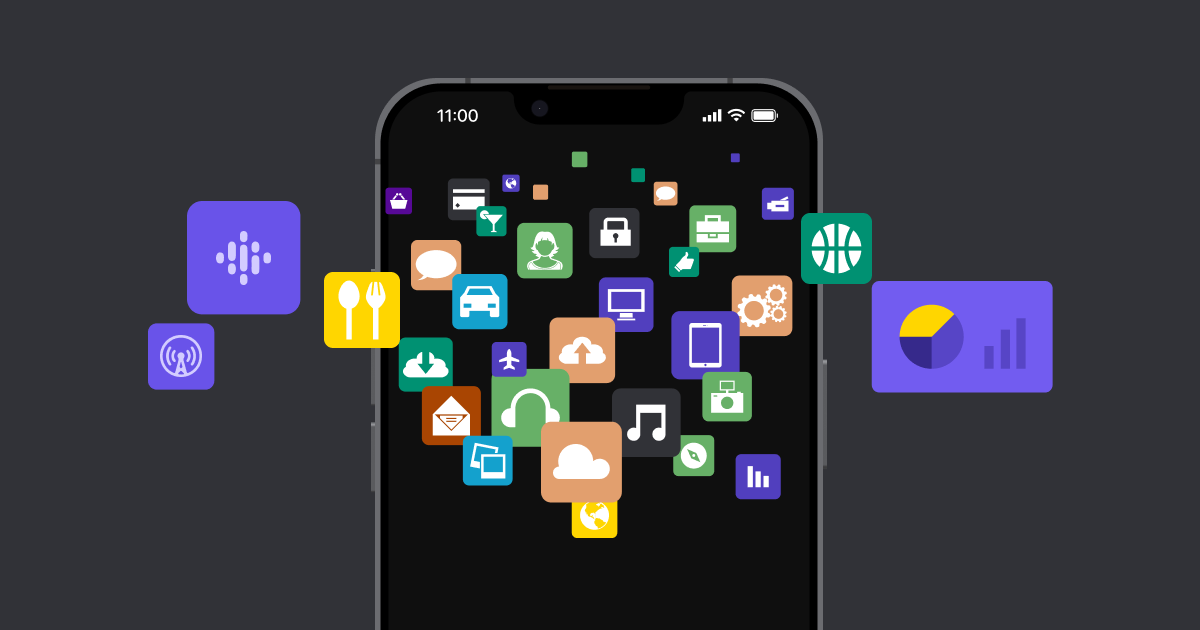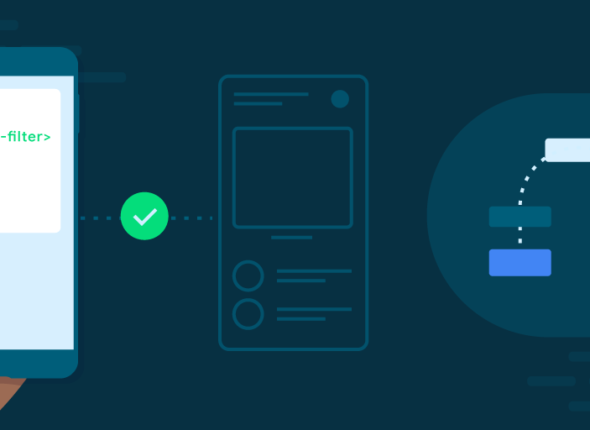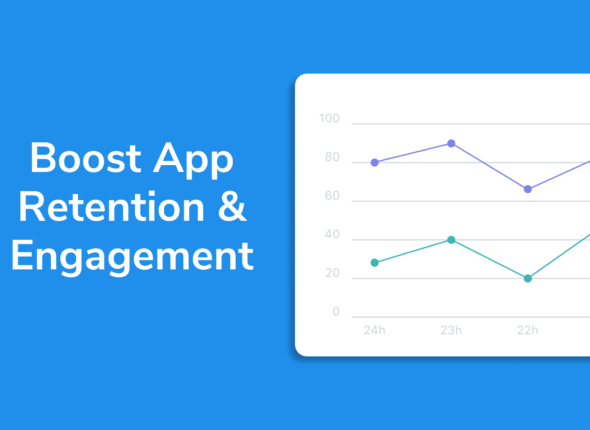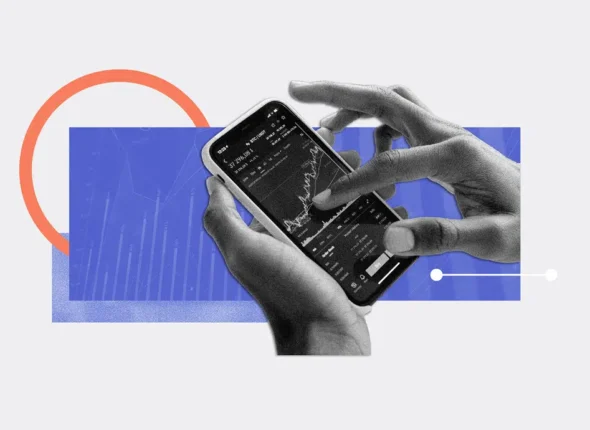In the competitive world of mobile apps, understanding how well your app is performing is essential for long-term success. While the number of downloads is often seen as a primary measure of success, it’s only a small part of the story. To truly gauge how well your app is performing and how effective your monetization strategy is, you need to track a wide range of key metrics that offer deeper insights into user behavior, engagement, and revenue generation.
In this detailed blog, we’ll explore the key metrics to measure app success and monetization, explain why they matter, and show you how to use them to optimize your app’s performance and profitability.
Why Measuring App Success Matters
Before diving into the specific metrics, it’s important to understand why tracking these metrics is crucial for your app’s success. Measuring app success helps you:
- Understand User Behavior: You can see how users interact with your app, what features they love, and where they experience friction.
- Optimize User Retention: By identifying areas of drop-off, you can make improvements to keep users engaged and coming back.
- Improve Monetization Strategies: Metrics give insight into how well your app is generating revenue and help you make informed decisions about optimizing your monetization efforts.
- Guide Product Development: Data-driven insights guide decisions about future updates, features, and improvements.
Key Metrics for Measuring App Success
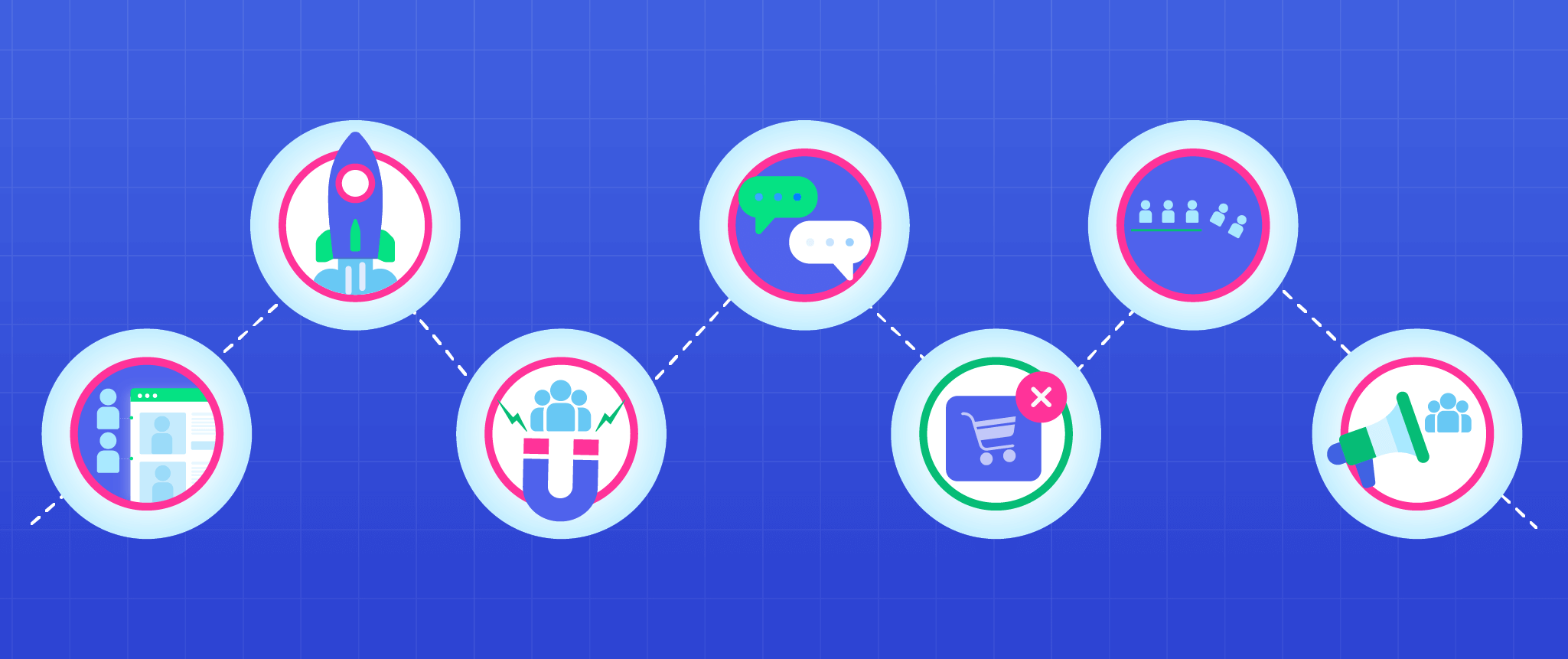
1. Active Users (DAU & MAU)
Daily Active Users (DAU) and Monthly Active Users (MAU) are two fundamental metrics for measuring user engagement. These metrics tell you how many unique users engage with your app on a daily or monthly basis.
- DAU measures the number of unique users who open and interact with your app in a single day.
- MAU tracks the number of unique users over a 30-day period.
These metrics help you understand how well your app is retaining users and how often they engage with your product. A high DAU/MAU ratio (above 20%) is generally a good sign of user engagement, indicating that users find value in your app and return regularly.
How to Use This Metric:
- A growing number of active users indicates that your app is gaining traction.
- A declining DAU/MAU ratio might suggest issues with user retention, requiring you to investigate why users are dropping off.
2. Retention Rate
The retention rate measures the percentage of users who continue to use your app after a certain period of time (usually after day 1, day 7, and day 30). This metric is crucial because acquiring new users is expensive, and a high retention rate indicates that users find ongoing value in your app.
- Day 1 Retention: Measures how many users return to your app the day after they first use it.
- Day 7 Retention: Measures how many users continue to use your app a week after their first use.
- Day 30 Retention: Tracks long-term retention, showing how many users continue to engage with your app a month after first downloading it.
How to Use This Metric:
- High retention rates mean your app is delivering ongoing value and is sticky enough to keep users engaged.
- If retention drops after a specific period (e.g., after Day 1 or Day 7), you may need to improve your onboarding process or enhance app features to keep users interested.
3. Churn Rate
The churn rate is the opposite of retention—it measures the percentage of users who stop using your app over a given period. High churn rates are often a red flag, indicating that users either aren’t finding your app useful or are encountering issues that drive them away.
- Formula: Churn Rate = (Users at the beginning of the period – Users at the end of the period) / Users at the beginning of the period.
How to Use This Metric:
- Identify at which point in the user journey churn tends to occur and investigate potential causes, such as a poor onboarding experience, bugs, or confusing UX/UI elements.
- Lowering your churn rate can significantly improve profitability, as retaining existing users is generally more cost-effective than acquiring new ones.
4. Session Length and Frequency
Session length refers to how much time a user spends in your app during a single session. Session frequency measures how often users return to your app. Both metrics are indicators of engagement and the value users derive from your app.
- Longer session lengths indicate that users are deeply engaged and find your app compelling.
- High session frequency suggests that users rely on your app regularly.
How to Use This Metric:
- If users are spending too little time in the app or visit infrequently, you might need to assess your app’s core features, content, or user interface.
- Increasing session length and frequency often correlates with better monetization opportunities, especially for apps that rely on ads or in-app purchases.
5. User Acquisition Cost (CAC)
The Customer Acquisition Cost (CAC) measures the amount of money spent to acquire a new user. It’s a critical metric for determining whether your marketing efforts are cost-effective.
- Formula: CAC = Total Marketing Spend / Number of New Users Acquired.
If your CAC is higher than the revenue generated from each user (i.e., Lifetime Value (LTV)), your app may not be sustainable in the long run.
How to Use This Metric:
- A high CAC indicates that your marketing strategies might not be efficient, and you may need to explore alternative channels, optimize ads, or improve targeting.
- Compare your CAC to your LTV to ensure that your user acquisition strategy is profitable.
6. Lifetime Value (LTV)
The Lifetime Value (LTV) of a user represents the total amount of revenue you can expect from a single user throughout their entire engagement with your app. This metric is crucial for understanding the long-term profitability of your app.
- Formula: LTV = Average Revenue per User (ARPU) × Average User Lifespan.
How to Use This Metric:
- Comparing LTV to CAC helps you evaluate the effectiveness of your acquisition and retention strategies. If your LTV is higher than your CAC, your app is profitable.
- Improve LTV by encouraging users to engage with your app longer and offering upsells or premium features.
7. App Store Ratings and Reviews
App store ratings and reviews are a direct indicator of user satisfaction and trust. Higher ratings increase your app’s visibility in the app store, leading to more organic downloads. Reviews provide qualitative feedback that can help you understand what users like and dislike about your app.
How to Use This Metric:
- Monitor ratings and respond to user reviews to build trust and show that you’re listening to user feedback.
- Use recurring complaints or suggestions to improve the app and enhance the user experience.


Key Metrics for Measuring App Monetization
1. Average Revenue Per User (ARPU)
ARPU measures how much revenue, on average, each user generates for your app. This is one of the most important metrics for evaluating the success of your monetization strategy.
- Formula: ARPU = Total Revenue / Number of Active Users.
ARPU gives you a high-level view of how well your app is monetizing its user base. You can track this metric across different user segments to identify which groups are the most valuable.
How to Use This Metric:
- If your ARPU is low, you may need to improve your monetization strategy, such as by offering premium features, in-app purchases, or better ad placements.
- Compare ARPU with user acquisition costs to ensure profitability.
2. Conversion Rate (For In-App Purchases)
The conversion rate measures the percentage of users who complete a desired action, such as making an in-app purchase or subscribing to a premium feature. It’s especially important for freemium apps that rely on upselling users to generate revenue.
- Formula: Conversion Rate = (Number of Users Who Made a Purchase / Total Number of Users) × 100.
How to Use This Metric:
- A low conversion rate might suggest that your pricing model is too high or that your premium features don’t provide enough perceived value.
- Use A/B testing to experiment with different pricing models, offers, and user flows to improve conversions.
3. In-App Purchase Revenue
For apps that rely on in-app purchases (IAPs) as a revenue model, tracking IAP revenue is essential. This metric gives you a clear view of how much money users are spending within your app.
- Categories of IAPs include consumable items (e.g., coins or power-ups in games), non-consumable items (e.g., additional features), and subscriptions.
How to Use This Metric:
- Track the success of different in-app products and optimize pricing, placement, and promotions to increase IAP revenue.
- If IAP revenue is low, consider introducing time-limited offers, bundles, or loyalty rewards to incentivize more purchases.
4. Ad Revenue
If your app uses ads as a primary monetization strategy, ad revenue is a key metric to track. This includes revenue from display ads, video ads, and banner ads.
- Metrics like eCPM (effective cost per thousand impressions) measure how much money you earn for every 1,000 ad impressions.
How to Use This Metric:
- Monitor the performance of different ad formats to optimize placement and frequency without compromising user experience.
- Use audience segmentation to deliver more relevant ads and increase ad click-through rates (CTR), which can boost your eCPM.
5. Subscription Revenue
For apps that offer premium content or services through subscriptions, subscription revenue is a critical metric. This can be broken down into monthly, quarterly, or annual subscriptions, and you can track recurring revenue over time.
- Monthly Recurring Revenue (MRR) and Annual Recurring Revenue (ARR) are key indicators of the health and growth of subscription-based apps.
How to Use This Metric:
- Analyze the churn rate of subscribers and identify factors that contribute to cancellations.
- Use promotions, discounts, or exclusive features to drive more users toward subscribing.
Conclusion
Tracking the right metrics is essential for understanding your app’s performance, user engagement, and monetization potential. While downloads are important, they are just the beginning of the story. Metrics such as DAU, retention rate, LTV, ARPU, and churn rate provide a comprehensive view of how users interact with your app, how long they stick around, and how much revenue they generate.
By continuously monitoring these key metrics, app developers can make data-driven decisions to improve user experience, boost retention, optimize monetization strategies, and ultimately ensure the long-term success of their app in an increasingly competitive market.
Tips for Reducing App Load Time and Memory Usage
- October 17, 2024
- Com 0
In today’s fast-paced digital world, users expect mobile apps to perform flawlessly, load quickly, and run efficiently. An app that…
Strategies to Reduce App Abandonment and Increase Retention
- October 17, 2024
- Com 0
In the highly competitive app marketplace, user retention is one of the most important metrics for measuring success. While acquiring…
Fintech App Development: Ensuring Compliance and Security
- October 16, 2024
- Com 0
The rapid growth of fintech (financial technology) apps has revolutionized the financial services industry. From mobile banking and digital wallets…
The Future of Mobile Apps in the Travel and Tourism Industry
- October 15, 2024
- Com 0
The travel and tourism industry has undergone a significant transformation in recent years, driven largely by advancements in technology. Mobile…
What Every Developer Should Know About Securing API Endpoints
- October 13, 2024
- Com 0
APIs (Application Programming Interfaces) play a critical role in modern application development, enabling communication between client applications and backend services.…
Integrating Cloud Services into Your Mobile App
- October 12, 2024
- Com 0
Cloud services have revolutionized the way modern mobile apps are developed, deployed, and maintained. Integrating cloud services into your mobile…

